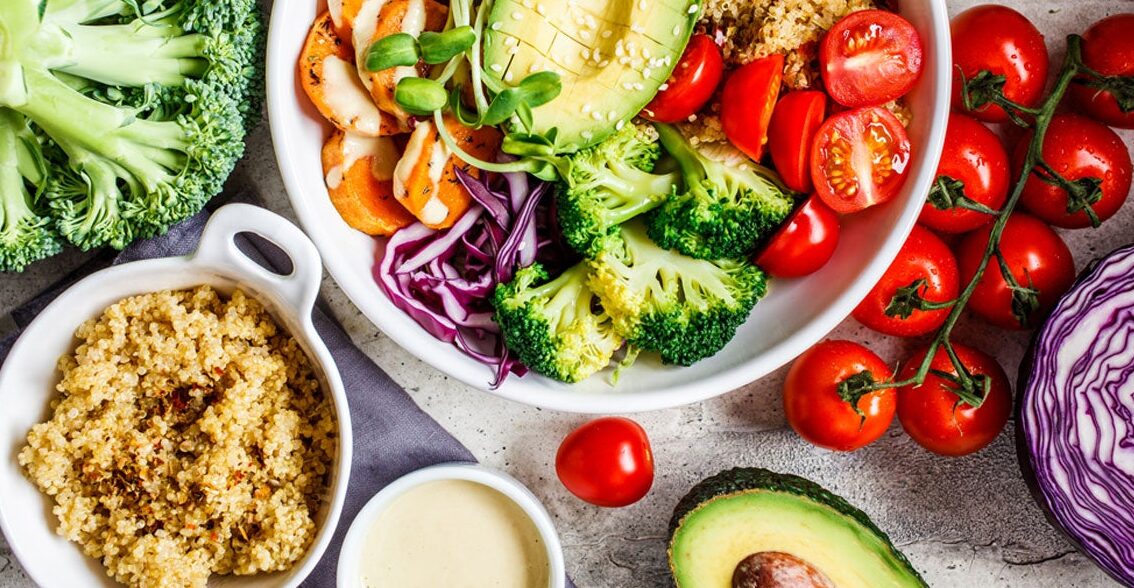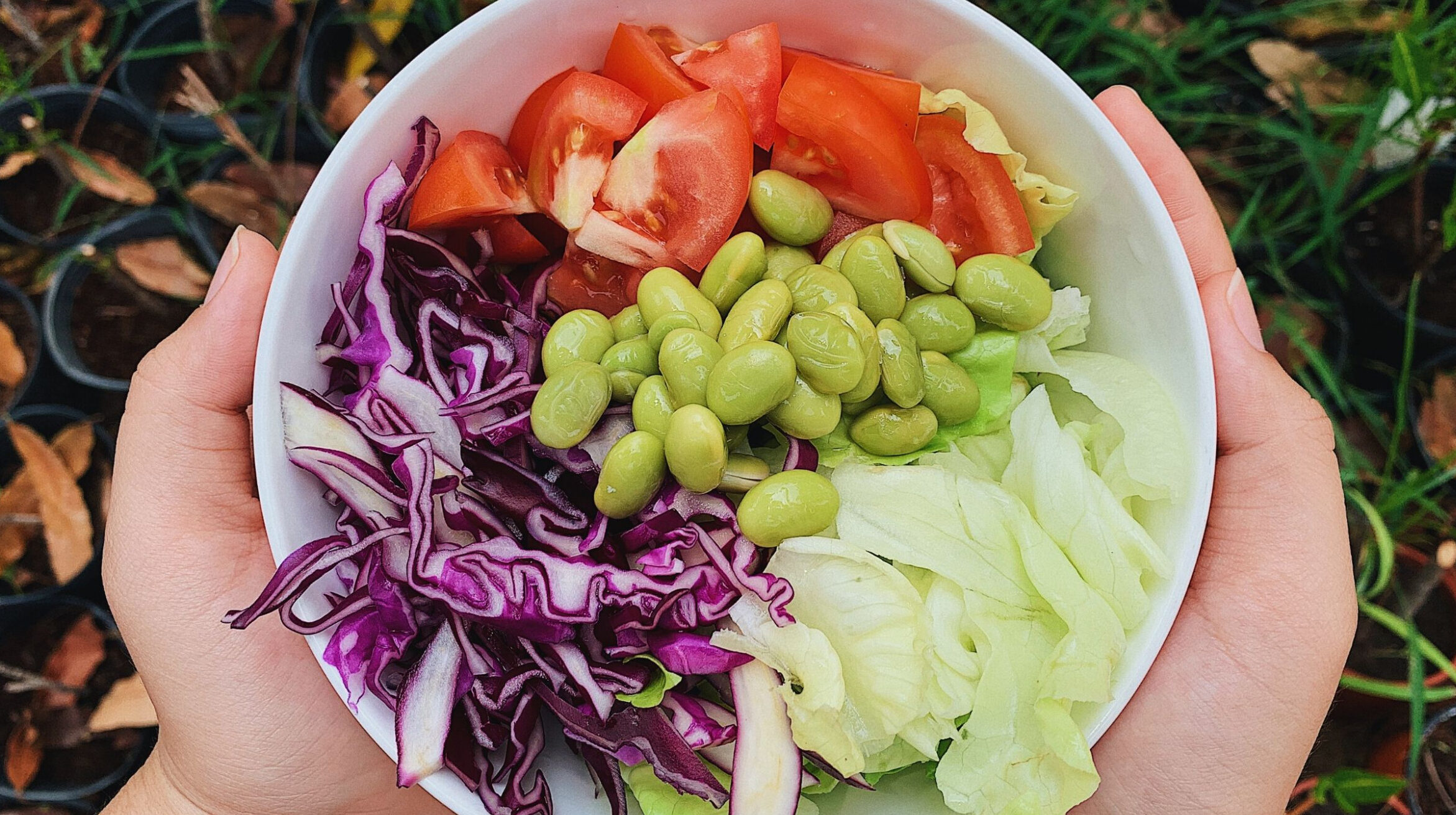Understanding the basics of healthy eating is crucial when it comes to maintaining a balanced diet on a budget. A balanced diet consists of a variety of nutrients that are essential for good health. This includes carbohydrates, proteins, fats, vitamins, and minerals. By incorporating whole foods into your diet, such as fruits, vegetables, whole grains, and lean proteins, you can ensure that you are getting a wide range of nutrients without breaking the bank.
Planning your meals and snacks for the week is also a great way to stick to a healthy diet while staying within your budget. By mapping out your meals and making a shopping list, you can avoid impulse purchases and focus on buying nutritious foods. Additionally, buying in bulk and investing in leftovers can help you save money and reduce food waste. By following these strategies, you can achieve a balanced diet and eat healthy without spending a fortune.
Incorporating whole foods into your diet is an essential aspect of eating healthy on a budget. Whole foods, such as fruits, vegetables, whole grains, and lean proteins, are often more affordable and nutrient-dense compared to processed foods. These foods provide a wide range of vitamins, minerals, and antioxidants that are important for maintaining good health.
By embracing frozen fruits and vegetables, you can have access to nutritious options year-round at a lower cost. Additionally, buying in bulk can help you save money on staple foods like rice, beans, and nuts. Investing in leftovers by repurposing ingredients from previous meals can also help stretch your budget and reduce food waste. By incorporating whole foods into your diet and utilizing cost-saving strategies, you can eat healthy and stay within your budget.
Planning your meals and snacks is an effective strategy for eating healthy on a budget. By planning your meals in advance, you can make a shopping list and ensure that you are purchasing the necessary ingredients for nutritious meals. This can help you avoid impulse buys and prevent food waste. Consider incorporating meatless meals into your rotation, as plant-based proteins like beans and lentils are often more affordable than animal proteins. Additionally, purchasing foods and snacks that are satiating and filling can help you avoid unnecessary purchases and stay on track with your budget. By following these tips and being mindful of your spending, you can eat healthy on a budget without sacrificing nutrition or flavor.
Strategies for eating healthy on a budget
One of the most effective strategies for eating healthy on a budget is meal planning and preparing ahead. By taking the time to plan your meals for the week, you can ensure that you have a well-balanced diet while also saving money.

Planning ahead allows you to think about your food needs, tastes, and budget, enabling you to make smart choices when it comes to grocery shopping. Additionally, preparing meals in advance and portioning them out can help you avoid the temptation of ordering takeout or buying unhealthy convenience foods when you’re pressed for time. By cooking in bulk and utilizing leftovers for lunches or dinners, you can stretch your food budget and reduce food waste. Incorporating meal planning and preparation into your routine can be a game-changer for eating healthy on a budget.
Another key strategy for eating healthy on a budget is shopping smart and finding ways to save money on healthy foods. One tip is to shop with a list and stick to it, avoiding impulse purchases. Buying frozen or canned fruits and vegetables can be a cost-effective option that still provides essential nutrients. Additionally, opting for store brands instead of name brands can help you save money without sacrificing quality. Coupons and discounts can also be utilized to cut costs on healthy food items. It’s also worth considering growing your own garden, which can provide fresh produce at a fraction of the cost. By implementing these shopping strategies, you can make the most of your budget while still nourishing your body with healthy foods.
Making the most of seasonal and local produce is another great way to eat healthy on a budget. Buying in-season fruits and vegetables is often more affordable and fresher. Visiting your local farmers’ market can be a great way to find deals on fresh produce while also supporting local farmers. Additionally, taking advantage of sales and discounts on seasonal items can help you stock up on nutritious foods at a lower cost. By incorporating seasonal and local produce into your meals, you can enjoy a variety of healthy options while staying within your budget.
Affordable and nutritious food options
When it comes to eating healthy on a budget, finding affordable sources of protein is essential. While some protein sources can be expensive, there are also many budget-friendly options available. For example, legumes such as lentils and beans are not only affordable but also packed with protein and other nutrients.
Eggs are another cost-effective protein source that can be incorporated into various meals. Additionally, canned tuna is a budget-friendly option that provides a good amount of protein. By including these affordable protein sources in your diet, you can meet your nutritional needs without breaking the bank.
Eating a variety of fruits and vegetables is crucial for maintaining a healthy diet, but it can be challenging to find affordable options. However, there are ways to incorporate fruits and vegetables into your meals without spending a fortune. One strategy is to buy fruits and vegetables that are in season, as they tend to be more affordable. Frozen fruits and vegetables are also a budget-friendly alternative to fresh produce and can be just as nutritious. Additionally, exploring local farmers’ markets or discount grocery stores can often lead to the discovery of affordable and fresh produce. By being mindful of your choices and seeking out cost-effective options, you can enjoy a variety of fruits and vegetables while sticking to your budget.

Healthy carbohydrates are an important part of a balanced diet, and it is possible to find affordable options that provide both nutrition and satisfaction. Whole grains such as rice, oats, and pasta are budget-friendly staples that can be used as a base for many meals. Legumes, such as beans and lentils, are not only a great source of protein but also a cost-effective carbohydrate option. Another affordable carbohydrate choice is porridge oats, which are not only healthy but also cheaper than many cereals. By incorporating these affordable carbohydrate choices into your meals, you can maintain a healthy diet without straining your budget.
Maintaining healthy eating habits on a budget
One of the key strategies for maintaining healthy eating habits on a budget is to prioritize cooking at home rather than eating out. Eating out can be expensive and often involves consuming larger portions and less nutritious options. By cooking at home, individuals have more control over the ingredients they use, allowing them to make healthier choices and save money. Additionally, cooking at home provides an opportunity to experiment with different flavors and cuisines, making healthy eating more enjoyable and sustainable.
Portion control and mindful eating are essential components of maintaining a healthy diet on a budget. Being mindful of portion sizes helps individuals avoid overeating and ensures they are consuming the appropriate amount of nutrients for their body’s needs. Mindful eating involves paying attention to the sensations of hunger and fullness, as well as savoring each bite and eating slowly. By practicing portion control and mindful eating, individuals can make the most of their food budget while also promoting better digestion and overall well-being.

Finding support and resources for healthy eating on a budget can greatly enhance one’s ability to maintain healthy habits. There are numerous books and online resources available that provide valuable insights into healthy eating habits, weight management, and overall wellness. Additionally, tools like MyPlate can help individuals make healthy choices within their budget by providing cost-saving opportunities and new ways to incorporate nutritious foods into their meals. Meal planning is another effective strategy for adhering to a healthy diet without overspending. By mapping out meals and snack options for the week, individuals can ensure they have a variety of nutritious options on hand and avoid impulse purchases.
